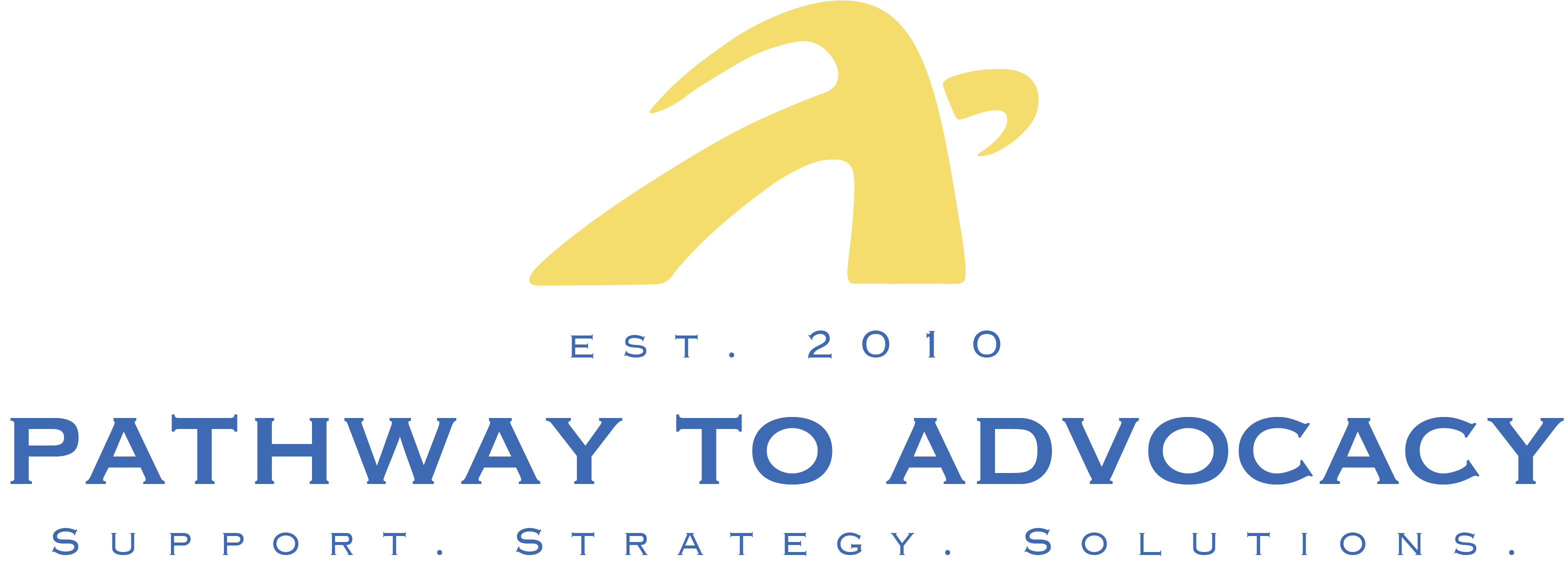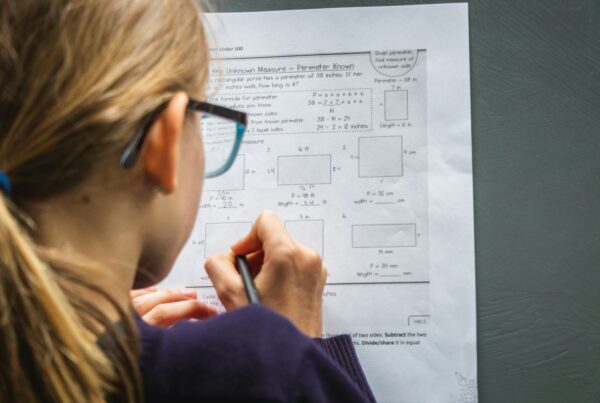If you’re navigating the special education world for the first time, you’re probably hearing a lot of new terms—IEP, 504 Plan, FAPE, accommodations, and more.
One of the most common questions I hear is:
“What’s the difference between an IEP and a 504 Plan?”
And more importantly: “Which one does my child need?”
This guide will walk you through the key differences between IEPs and 504 Plans, what they offer, and how to figure out what’s right for your child.
What They Have in Common
Both IEPs and 504 Plans:
-
Are designed to support students with disabilities
-
Provide legal protections under federal law
-
Ensure access to a Free Appropriate Public Education (FAPE)
-
Are developed in partnership with families and school staff
-
Can include accommodations, supports, and modifications
But they come from different laws, have different eligibility criteria, and offer different levels of support.
IEP: Individualized Education Program
Legal Basis: IDEA (Individuals with Disabilities Education Act)
An IEP is a comprehensive, legally binding document that outlines a personalized education plan for a student who qualifies for special education.
Who Qualifies:
-
A student must have one of 13 qualifying disabilities under IDEA (e.g., autism, ADHD, specific learning disability, emotional disturbance, etc.)
-
The disability must adversely affect the child’s educational performance and require specialized instruction
What It Includes:
-
Present levels of performance
-
Annual goals and measurable objectives
-
Special education services (e.g., speech, OT, specialized academic instruction)
-
Related services (e.g., transportation, counseling)
-
Accommodations and modifications
-
Testing accommodations
-
Transition planning (starting at age 16 in California, often sooner)
Review Process:
-
IEPs are reviewed annually and reevaluated at least every 3 years
Key Feature:
-
Individualized instruction is a must—this is not just about access; it’s about adapting teaching to meet the student’s needs
504 Plan
Legal Basis: Section 504 of the Rehabilitation Act of 1973
A 504 Plan is a civil rights plan—not a special education plan. It’s designed to level the playing field for students with disabilities so they can access their education equally.
Who Qualifies:
-
Any student with a physical or mental impairment that substantially limits one or more major life activities (learning, reading, concentrating, walking, etc.)
-
The student does not need to require special education
What It Includes:
-
Accommodations such as:
-
Extended time on tests
-
Preferential seating
-
Visual supports or breaks
-
Use of technology to support writing
-
-
Health plans or behavior support plans, in some cases
-
Rarely includes direct services or specially designed instruction
Review Process:
-
504 Plans are usually reviewed annually, but the timeline is more flexible than IEPs
Key Feature:
-
Focus is on equal access—not individualized instruction
IEP vs. 504 Plan: At a Glance
| Feature | IEP | 504 Plan |
|---|---|---|
| Law | IDEA | Section 504 |
| Eligibility | Must meet one of 13 disabilities + need special ed | Broader definition of disability |
| Services | Specialized instruction + related services | Accommodations only (no specialized instruction) |
| Accommodations | Yes | Yes |
| Annual Review | Required | Typically yes, but not as formal |
| Legal Protections | Strong procedural safeguards | Civil rights-based protections |
How Do I Know Which One My Child Needs?
This decision comes down to your child’s unique needs.
✅ If your child is struggling academically and requires specially designed instruction, an IEP is likely the better fit.
✅ If your child needs access supports (like extended time or seating), but doesn’t need direct instruction or academic services, a 504 Plan may be sufficient.
Some students start with a 504 Plan and later move to an IEP when more support is needed—or vice versa.
Not sure? You have the right to request evaluations and ask for a meeting to explore both options. You do not need to wait for the school to bring it up.
Can a Child Have Both?
Not usually. A student who qualifies for an IEP is automatically protected under Section 504—but they don’t usually get both plans.
The IEP is considered more comprehensive and includes everything a 504 Plan would provide.
Advocacy Tip: Know What to Ask For
Whether your child has an IEP or a 504 Plan, you are a key part of the team. Ask:
-
What data are we using to make these decisions?
-
What supports are in place during testing?
-
How will progress be monitored?
-
When can we reconvene to check in?
Still Not Sure Which Path to Take?
That’s completely normal. Understanding IEPs vs. 504 Plans takes time—and every child is different.
At Pathway to Advocacy, I help parents:
-
Understand evaluation results
-
Compare plan options
-
Navigate meetings with clarity and confidence
-
Advocate for the services your child needs
📩 Schedule a consultation or
🔍 Learn more about my services
You don’t have to figure it all out alone—and your child deserves a plan that truly supports their potential.




